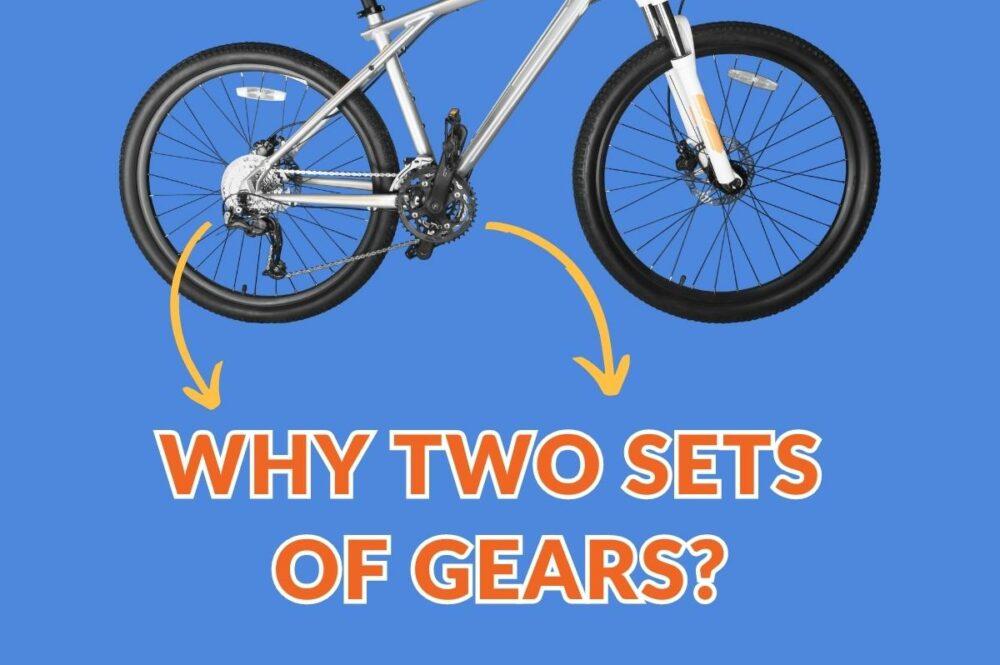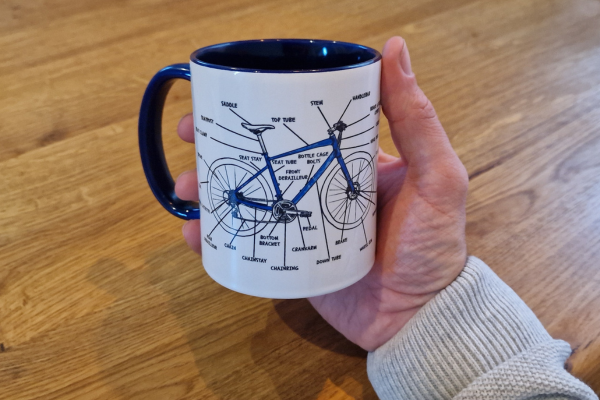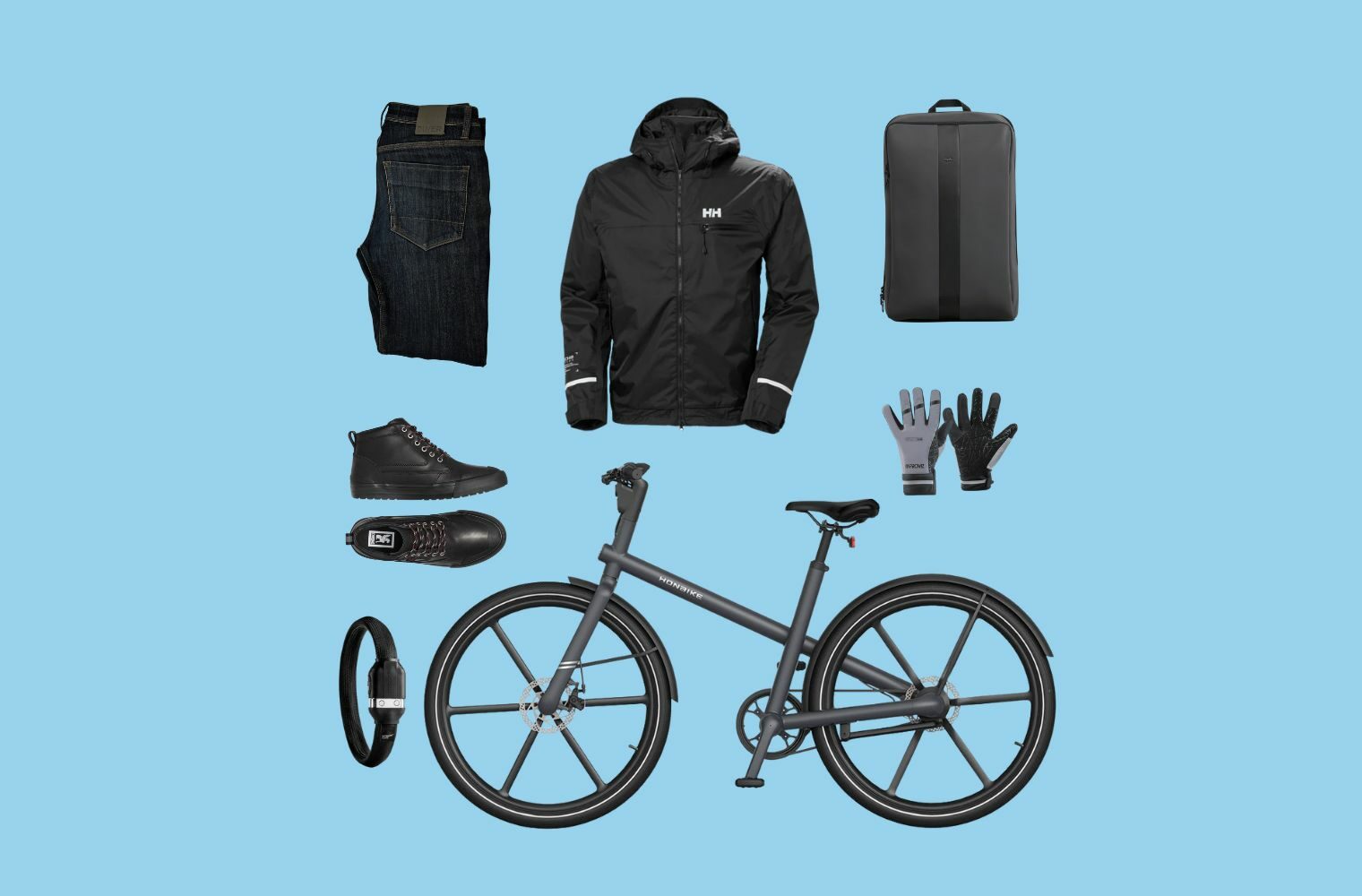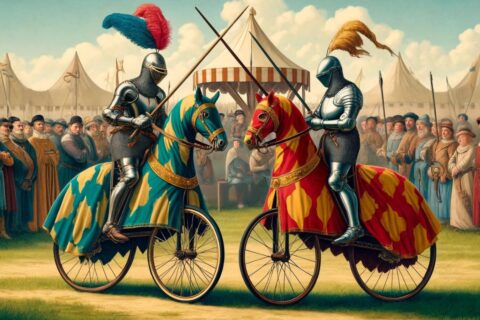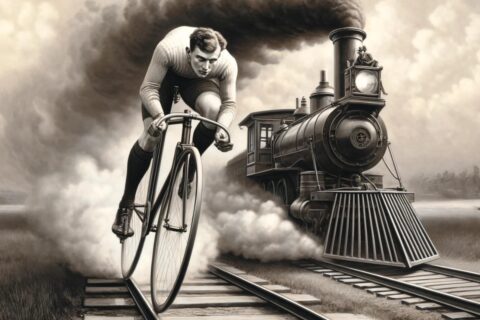This post may contain affiliate links, which help to keep Discerning Cyclist rolling. Learn more.
The Short Answer

Bicycles typically have two sets of gears, front and rear, to optimize pedaling efficiency across various terrains and speeds. The front gears, or chainrings, are located near the pedals and influence the force needed to pedal, with larger chainrings useful for faster speeds on flat terrains. The rear gears, or cogs, located on the rear wheel, affect the difficulty of pedaling and speed, with smaller cogs aiding high-speed scenarios like descending. Together, these gear sets offer a wide range of ratios, enabling cyclists to maintain an optimal pedaling rate across different conditions.
When we first mount a bicycle, we quickly learn to balance, steer, and pedal. The intricacies of the gear system, however, often remain a mystery. From road bikes to mountain bikes, most come equipped with two sets of gears. But why is this the case?
Bicycle gears are a vital part of your bike’s transmission. By changing your gear ratios, you can adapt to different terrains and speeds. Gears make your pedaling more efficient, allowing you to cycle further with less fatigue.
Two Gear Shifters on Bicycles
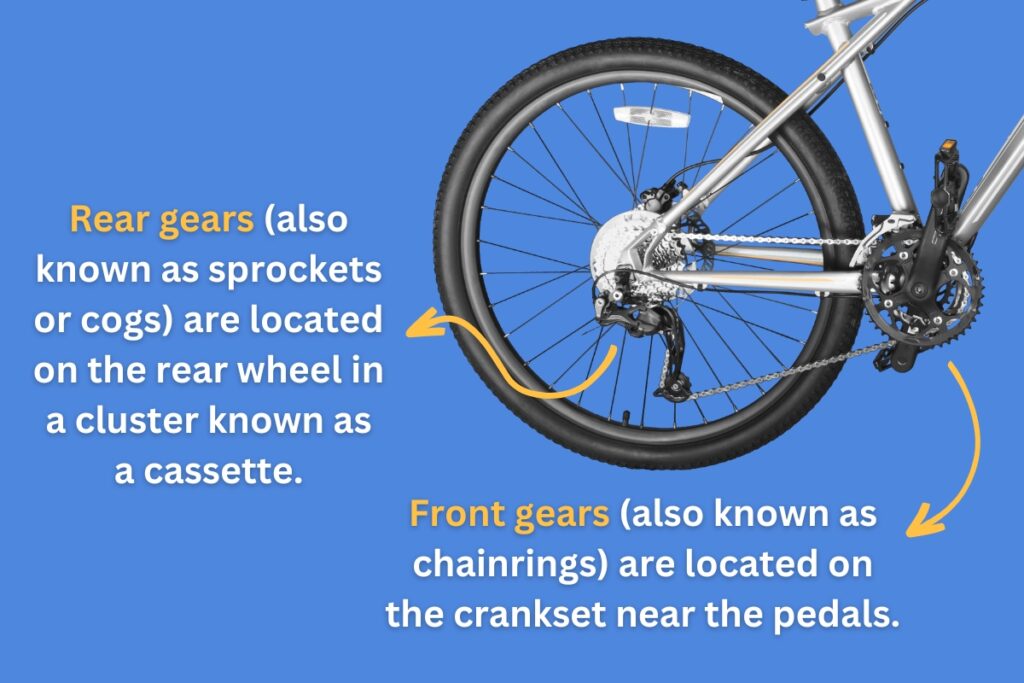
The two sets of gears on a bicycle typically refer to the front and rear gears.
- Front gears: These are also known as chainrings and are located on the crankset near the pedals. There are often one, two, or three chainrings on a bicycle. The larger chainrings require more force to pedal but can help you go faster on flat surfaces or downhill. The smaller chainrings require less force and are useful for going uphill or pedaling at a slower pace.
- Rear gears: These are also known as sprockets or cogs and are located on the rear wheel in a cluster known as a cassette. A bicycle can have anywhere from five to twelve cogs in its cassette. The smallest cog (closest to the frame) provides the hardest gear and is used for high speeds such as when descending or sprinting. The largest cog (furthest from the frame) provides the easiest gear and is used for climbing steep hills or going at a slower pace.
These two sets of gears work together to allow cyclists to adjust the difficulty of their pedaling and their speed. By shifting between these gears, a cyclist can maintain an optimal cadence (pedaling rate) across a wide variety of terrains and inclines.

ALSO READ: Do Electric Bikes Have Gears (and Do You Need Them)?
How the Two Sets of Gears Work Together
Together, these two sets of gears offer a wide range of gear ratios. Shifting to a larger chainring and smaller cog gives a high gear ratio for speed. Conversely, shifting to a smaller chainring and larger cog offers a low gear ratio for climbing. The combination you choose depends on your cycling conditions and personal comfort.
Avoid cross-chaining, where the chain is at an extreme angle across the gears. This can cause excessive wear and reduce efficiency.

ALSO READ: How Many Bike Gears Do I Need? (ANALYSIS)
Different Types of Bicycle Gear Systems
Not all bicycles follow this two-set gear pattern. Single-speed bikes, fixies, or bikes with hub gears or continuously variable transmissions offer alternatives. Each has its pros and cons, and preference depends on the rider and the cycling conditions.
How to Use Both Bike Gears Effectively

How to Use Front Gears (Chainrings):
You should shift the front gears when there’s a significant change in the terrain that requires a different level of effort. For example:
- Shift to a larger chainring (harder gear) for more speed when you’re on flat surfaces or going downhill.
- Shift to a smaller chainring (easier gear) when you need less resistance, such as going uphill or when you want to slow your pace.

How to Use Rear Gears (Cogs or Sprockets):
The rear gears are more for fine-tuning your pedaling effort and are used more frequently during a ride. Here’s when you might use them:
- Shift to a smaller cog (harder gear) when you want to go faster, such as when you’re on flat terrain or descending a gentle slope.
- Shift to a larger cog (easier gear) when you need to make pedaling easier, like when you’re starting from a stop, facing a headwind, or going uphill.
Smooth gear shifting is an art. Remember to shift early before climbing a hill or facing strong headwinds. Regular maintenance keeps your gears running smoothly and prolongs their life.

